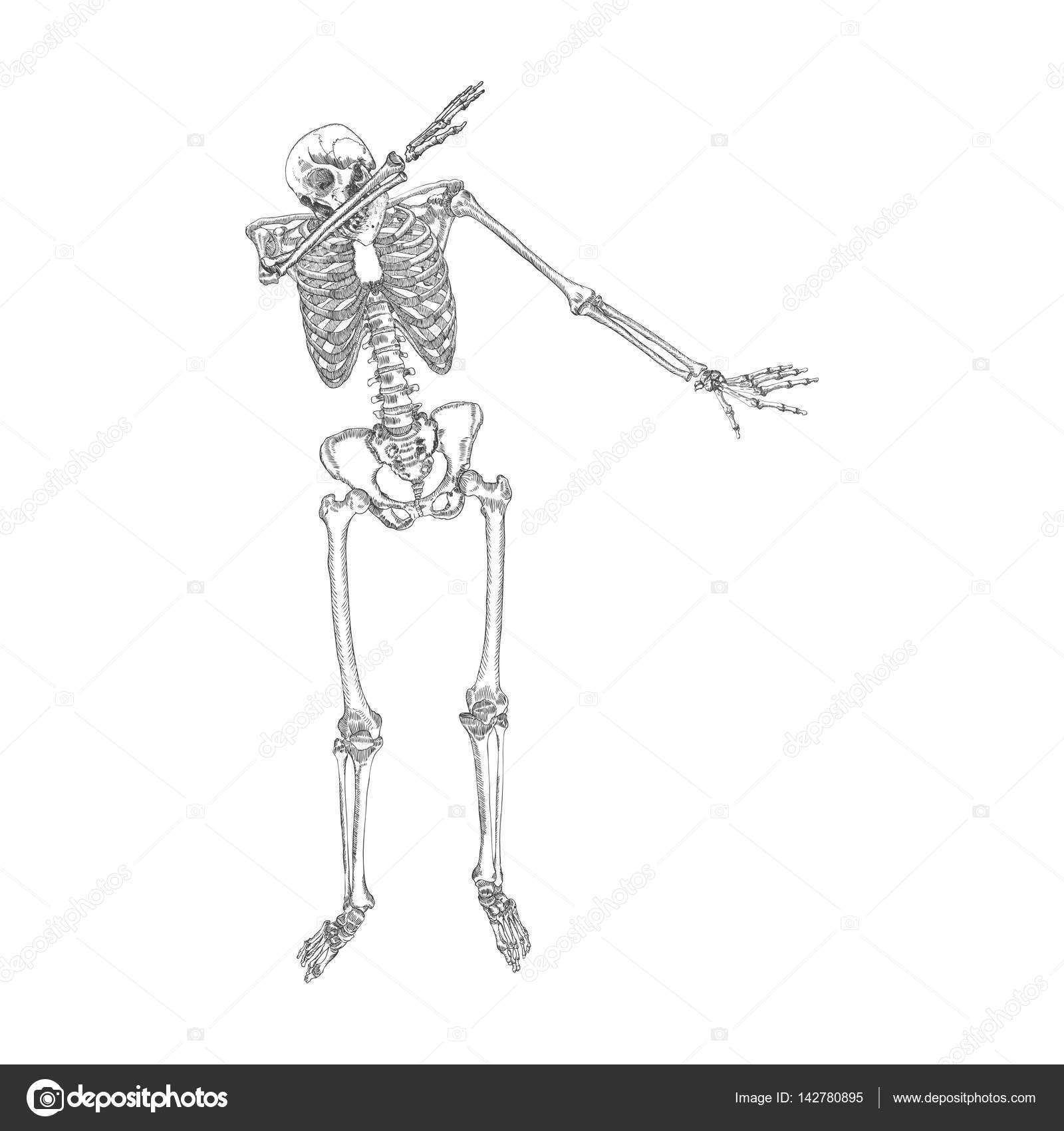

Lumbar (low back) - the main function of the lumbar spine is to bear the weight of the body. The range of motion in the thoracic spine is limited. The twelve thoracic vertebrae are numbered T1 to T12. Thoracic (mid back) - the main function of the thoracic spine is to hold the rib cage and protect the heart and lungs. This joint allows for the side-to-side or “no” motion of the head. The second vertebra (C2) is the peg-shaped axis, which has a projection called the odontoid, that the atlas pivots around. This joint allows for the nodding or “yes” motion of the head. The first vertebra (C1) is the ring-shaped atlas that connects directly to the skull. The neck has the greatest range of motion because of two specialized vertebrae that connect to the skull. The seven cervical vertebrae are numbered C1 to C7. The vertebrae in each region have unique features that help them perform their main functions.Ĭervical (neck) - the main function of the cervical spine is to support the weight of the head (about 10 pounds). Only the top 24 bones are moveable the vertebrae of the sacrum and coccyx are fused. The vertebrae are numbered and divided into regions:Ĭervical, thoracic, lumbar, sacrum, and coccyx (Fig. Vertebrae are the 33 individual bones that interlock with each other to form the spinal column. Misalignment puts incredible strain on the spine (see Exercise for a Healthy Back). Something as common as poor muscle tone or a large belly can pull your entire body out of alignment. These muscles enable us to flex, or bend forward, and are important in lifting and controlling the arch in the lower back. The flexor muscles are in the front and include the abdominal muscles. The extensors are attached to the back of the spine. The extensor muscles enable us to stand up and lift objects. The two main muscle groups that affect the spine are extensors and flexors. An abnormal curve from side-to-side is called scoliosis.An abnormal curve of the thoracic spine is kyphosis, also called hunchback.

#Human skeleton sketch side how to
There are also images related to easy side skull drawing, skull drawing side view mouth open, cartoon skull drawing side view, side realistic skull drawing, skull side view tattoo, skull drawing side view easy, vector skull side view, realistic skull drawing side view, drawn skull side view, cartoon skull side view, how to draw a skull side view step by step, skull side view silhouette, skull side profile, skull side view silhouette, human skull side view, skull side view, skull from the side, easy side skull drawing, human skull drawing side view, human skull drawing, vector skull side view, drawn skull side view, craneo lateral dibujo, skull clipart side view, Skull art, Totenkopf, Facial skeleton, easy side skull drawing, skull drawing side view mouth open, cartoon skull drawing side view, side realistic skull drawing, skull side view tattoo, skull drawing side view easy, vector skull side view, realistic skull drawing side view, drawn skull side view, cartoon skull side view, how to draw a skull side view step by step, simple skull side view, skull side profile, skull side view silhouette, human skull side view, skull side view, skull from the side, easy side skull drawing, human skull drawing side view, human skull drawing, vector skull side view see details below.Figure 2. Top images of skull sketch side view by website in. compilation.


 0 kommentar(er)
0 kommentar(er)
